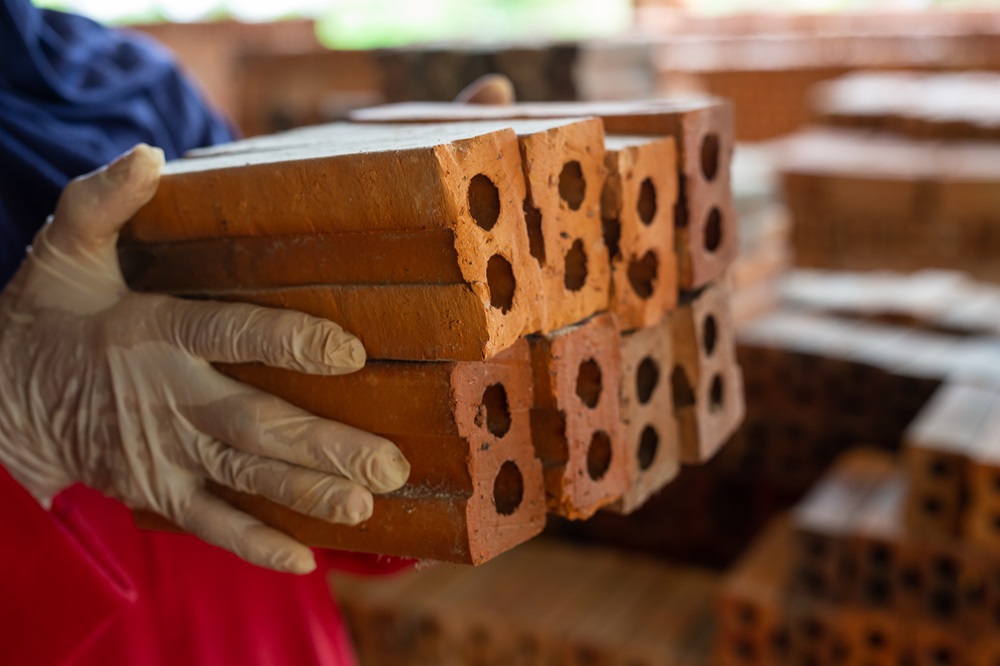The Science Behind Refractory Fire Bricks and Heat Resistance
Refractory fire bricks are the unsung heroes of high-temperature industries. From steelmaking and glass production to ceramic kilns and power plants, these bricks are engineered to withstand extreme heat without compromising structural integrity. Understanding the science behind their heat resistance reveals why they are so essential — and how advanced solutions like Refshape Refractory Fire Bricks push the boundaries of performance.
1. The Role of Refractory Materials
At their core, refractory fire bricks are designed to resist:
Extreme heat (up to 1,800°C or higher).
Thermal shock from rapid temperature changes.
Chemical attack from slags, fumes, or molten materials.
This is achieved through careful selection of raw materials such as alumina, silica, magnesia, and other compounds with high melting points and stable crystalline structures.
2. Why Heat Resistance Matters
In industrial furnaces, materials are exposed to constant cycles of heating and cooling. Without adequate heat resistance, bricks can crack, warp, or degrade, leading to:
Reduced furnace efficiency.
Higher maintenance costs.
Potential operational shutdowns.
Refractory bricks maintain strength and insulation properties even at extreme temperatures, ensuring steady performance.
3. The Science of Thermal Conductivity
A good refractory brick must balance low thermal conductivity (to keep heat inside the furnace) with high thermal stability (to resist breaking down under heat stress). The microstructure — including grain size, porosity, and bonding phases — determines how effectively the brick manages heat flow and resists damage.
4. Engineering for Durability
Manufacturing refractory fire bricks involves:
Selecting high-purity raw materials.
Mixing with precise binders for structural integrity.
Shaping and firing at controlled high temperatures.
Refshape Refractory Fire Bricks are engineered with meticulous attention to material composition and density, resulting in outstanding mechanical strength, thermal shock resistance, and longevity under the toughest furnace conditions.
5. Applications Across Industries
Refractory fire bricks are used in:
Blast furnaces in steel production.
Regenerators in glass plants.
Rotary kilns in cement manufacturing.
Boilers and incinerators in power generation.
In each case, the science behind their heat resistance directly translates into better operational efficiency and reduced downtime.
Conclusion
The exceptional heat resistance of refractory fire bricks comes from a combination of material science, precise engineering, and rigorous quality control. Whether it’s managing extreme temperatures, resisting chemical attack, or enduring thermal cycling, these bricks are vital for industrial success. Advanced solutions like Refshape Refractory Fire Bricks embody the latest in refractory technology, delivering the strength, stability, and reliability that high-temperature operations demand.
Visit us-
https://refshape.com/blogs/unleashing-the-power-of-heat-resistance-with-refshape-refractory-fire-bricks/
The Science Behind Refractory Fire Bricks and Heat Resistance
Refractory fire bricks are the unsung heroes of high-temperature industries. From steelmaking and glass production to ceramic kilns and power plants, these bricks are engineered to withstand extreme heat without compromising structural integrity. Understanding the science behind their heat resistance reveals why they are so essential — and how advanced solutions like Refshape Refractory Fire Bricks push the boundaries of performance.
1. The Role of Refractory Materials
At their core, refractory fire bricks are designed to resist:
Extreme heat (up to 1,800°C or higher).
Thermal shock from rapid temperature changes.
Chemical attack from slags, fumes, or molten materials.
This is achieved through careful selection of raw materials such as alumina, silica, magnesia, and other compounds with high melting points and stable crystalline structures.
2. Why Heat Resistance Matters
In industrial furnaces, materials are exposed to constant cycles of heating and cooling. Without adequate heat resistance, bricks can crack, warp, or degrade, leading to:
Reduced furnace efficiency.
Higher maintenance costs.
Potential operational shutdowns.
Refractory bricks maintain strength and insulation properties even at extreme temperatures, ensuring steady performance.
3. The Science of Thermal Conductivity
A good refractory brick must balance low thermal conductivity (to keep heat inside the furnace) with high thermal stability (to resist breaking down under heat stress). The microstructure — including grain size, porosity, and bonding phases — determines how effectively the brick manages heat flow and resists damage.
4. Engineering for Durability
Manufacturing refractory fire bricks involves:
Selecting high-purity raw materials.
Mixing with precise binders for structural integrity.
Shaping and firing at controlled high temperatures.
Refshape Refractory Fire Bricks are engineered with meticulous attention to material composition and density, resulting in outstanding mechanical strength, thermal shock resistance, and longevity under the toughest furnace conditions.
5. Applications Across Industries
Refractory fire bricks are used in:
Blast furnaces in steel production.
Regenerators in glass plants.
Rotary kilns in cement manufacturing.
Boilers and incinerators in power generation.
In each case, the science behind their heat resistance directly translates into better operational efficiency and reduced downtime.
Conclusion
The exceptional heat resistance of refractory fire bricks comes from a combination of material science, precise engineering, and rigorous quality control. Whether it’s managing extreme temperatures, resisting chemical attack, or enduring thermal cycling, these bricks are vital for industrial success. Advanced solutions like Refshape Refractory Fire Bricks embody the latest in refractory technology, delivering the strength, stability, and reliability that high-temperature operations demand.
Visit us- https://refshape.com/blogs/unleashing-the-power-of-heat-resistance-with-refshape-refractory-fire-bricks/






